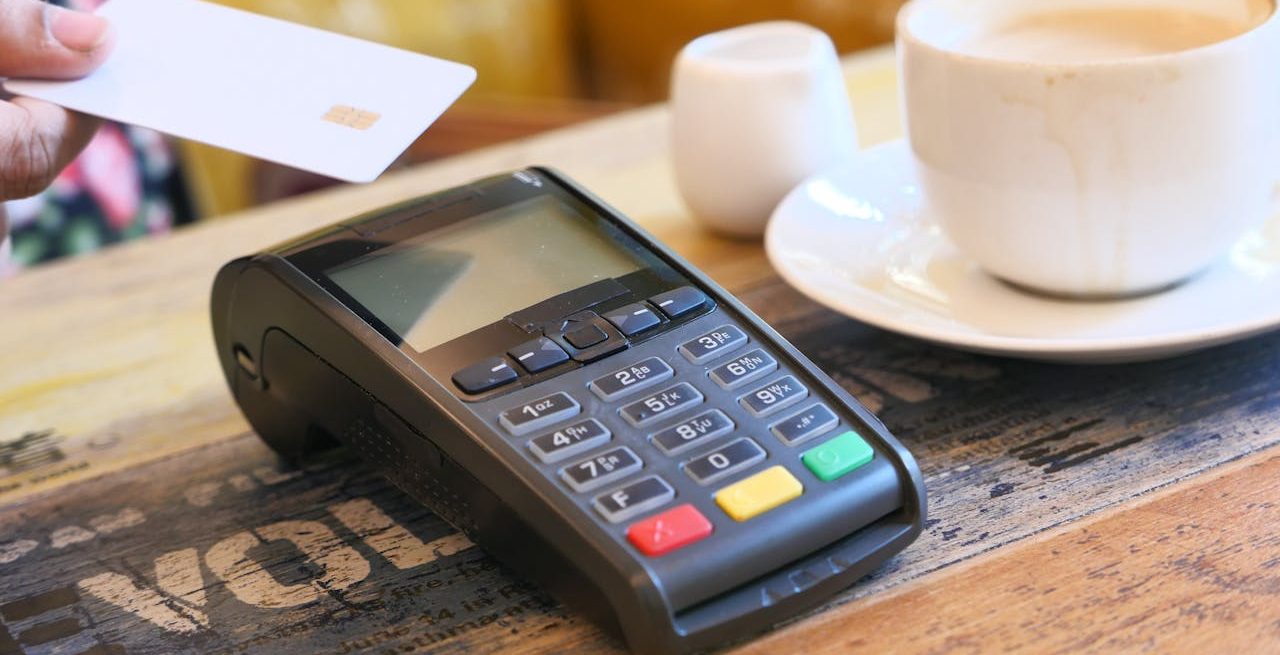Revolutionizing Restaurants: Embracing Tech Solutions in a Challenging Labor Market
3 Min Read By Stephen M. Kowal
Just as some people have experienced “long COVID,” with symptoms lasting well beyond the initial infection, so too have some industries struggled to fully recover from the pandemic’s economic impact. The restaurant industry is a case in point, where employment has yet to climb back from pandemic-induced losses. According to the National Restaurant Association (NRA), as of October 2023 eating and drinking places were 14,000 jobs below their February 2020 level.
Restaurants Embrace Technology
Today, some of the pressure of labor shortages in the restaurant industry is mitigated by technology. Physical menus are being replaced by the increased use of mobile-centric applications, such as restaurant apps and QR codes. In quick-serve restaurants, there has also been a marked uptick in digital kiosk usage. This is an innovation that consumers appreciate: 42 percent of diners have already used kiosks, and one in every three people say they would like restaurants to have more kiosks available.
Thanks to these technologies, tasks such as ordering food and paying bills can take place on a self-service basis. In quick-serve restaurants, staff can focus on preparing food rather than taking orders.
Back-office digital innovations are also helping restaurants manage costs and make the most of their workforce. Inventory management tools, for example, enable the real-time tracking of food stock, alerting staff to use items before they spoil and reducing waste. These tools also maintain precise records of stock levels and transactions, making discrepancies and patterns of theft easier to detect and address.
Staffing and workforce management tools are also proving useful. With the right platform, restaurants can reduce the time managers spend scheduling and performing other labor-management duties, including payroll and tip distribution. Integrated scheduling apps also empower team members, placing the ability to swap shifts in their hands.
However, to ensure restaurants can deliver on these innovations, streamline their operations, and reduce costs, there’s a clear requirement for new solutions – cellular signal boosters – to ensure complete connectivity inside restaurants. This is because cellular coverage can often be patchy within buildings. If new applications and services are to work optimally, they need the best possible coverage at all times.
Moving Beyond Wi-Fi
For many restaurant owners, Wi-Fi may seem like the obvious solution for providing coverage within their establishments. However, although a private Wi-Fi network will remain an important connectivity solution for business operations, there is a clear case for the use of cellular as it relates to the customer experience. There are several reasons why:
- User experience: Cellular does not require users to sign on before they can access the network, removing friction from the customer experience.
- Security: Compared to cellular, public Wi-Fi can be insecure, which puts customer data at risk. Even if a restaurant uses a highly secure router, diners may perceive Wi-Fi as insecure and opt to use their cellular service to connect to apps or research a meal item.
- Availability: Cellular experiences fewer signal disruptions compared to Wi-Fi. This is important because signal loss interrupts digital services such as QR-based ordering and kiosks. Given that three-quarters of U.S. adults who eat at quick-serve restaurants expect to receive their food within five minutes or less of ordering, reliable connectivity is key.
For these reasons, restaurant owners should use Wi-Fi for business applications and leverage solutions like cellular signal boosters to ensure customers stay connected.
Boosting Cellular Coverage in Restaurants
The best approach for improving cellular coverage in restaurants is to use modern cellular signal boosters. These have the edge over traditional “dumb” wideband repeaters for several reasons. Although both collect outdoor cellular signals and extend them into a building, signal boosters provide greater performance in terms of signal clarity and reliability.
One key difference is that whereas wideband repeaters amplify a broad range of frequencies at once, cellular signal boosters offer smart carrier channelized signal boosting that focuses on specific frequency bands or channels. This approach allows for more targeted and efficient boosting of signals. By focusing on specific channels, these boosters can minimize the amplification of noise and reduce potential interference with other frequencies and networks. This intelligence improves the overall quality of the boosted signal.
With smart signal boosters, restaurants can, therefore, rapidly increase cellular coverage for multiple carrier networks and deliver strong in-building connectivity for a wide range of digital use cases.
Building a Future-Ready Restaurant
In the face of prolonged labor shortages, America’s restaurant industry has proved itself highly adaptable and resilient. By adopting new technological approaches, restaurants can save on costs, increase efficiency, and improve customer experiences. If the progress made to date is to be sustained and built on, the next part of the puzzle lies in ensuring robust cellular coverage throughout dining establishments. With this in place, restaurants’ digital-first futures are assured.


